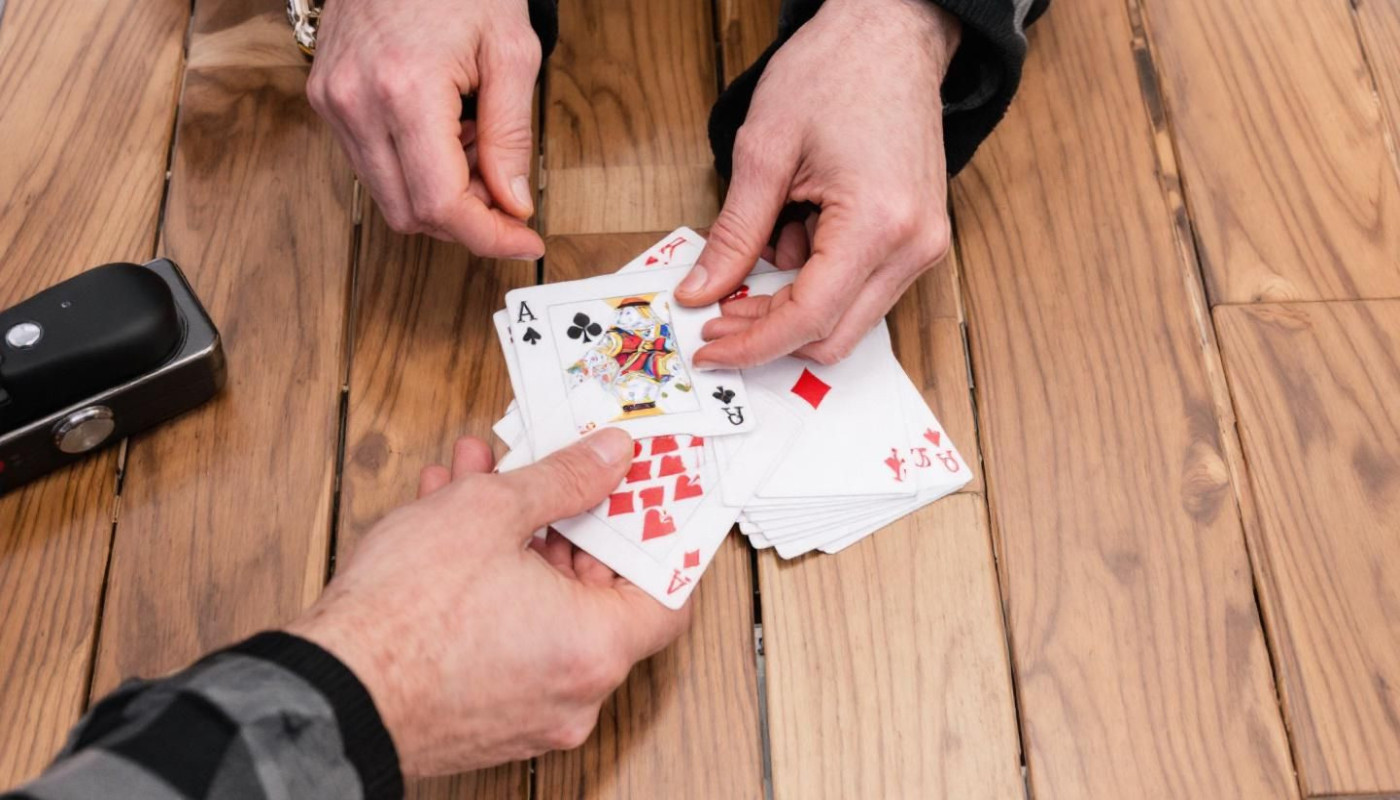Table of contents
Unlocking the mysteries of poker face psychology is an intriguing journey. It's an exploration into the subtle cues that reveal a player's mindset, their strategies, and more importantly, their hand. The concept of 'poker face' extends beyond the realm of card games; it permeates all aspects of our interaction with others - from business negotiations to social situations. Understanding this phenomenon can offer unique insights into human behavior and equip you with tools for better communication and conflict resolution. This article aims to delve deep into its intricacies by decoding the art and science behind maintaining a poker face.
Understanding Poker Face Psychology
A poker face, an intriguing and often misunderstood element of gameplay, is a term that denotes the ability to mask one's emotions or intentions during a game of poker. This term, while widely used, is often misunderstood or underestimated in its power and application. A poker face forms a critical part of the bluffing strategies and is an integral tool in the armory of any seasoned poker player. SEO keywords: Poker Face Definition, Bluffing Strategies, Mask Emotions, Gameplay Success.
Renowned psychologist Robert Ekman's work on facial expressions provides valuable insights into the world of poker face psychology. Ekman's research on 'Microexpressions' and the 'Facial Action Coding System' (FACS) seeks to unpack the subtle and involuntary facial expressions that can betray a player's hand. This area of study is of great significance to understanding the art and science of maintaining a poker face.
The Science Behind A Perfect Poker Face
Mastering the art of the poker face, a stoic, unreadable countenance, is not just a trait of successful card players, but also a valuable asset for effective business negotiators. The journey to developing such a face is often underpinned by psychological techniques such as emotional damping and cognitive reappraisal, allowing individuals to maintain supreme control over their feelings, even under the intense pressures encountered in high-stakes games or business negotiations.
Emotional damping techniques are pivotal to controlling emotional expressions. These techniques are primarily centered around dulling or inhibiting emotional responses. This not only aids in maintaining a serene demeanor in emotionally charged situations but also assists in achieving better decision-making outcomes.
Another instrumental technique is cognitive reappraisal, which is essentially an emotional regulation strategy that involves changing the trajectory of an emotional response by reinterpreting the meaning of the emotional stimulus. Cognitive reappraisal techniques can help individuals manage stressful situations, thereby maintaining their poker face and preventing their opponents from predicting their next move.
The authority on this topic, Dr. Paul Ekman, emphasizes the role of Emotional Intelligence (EI) in this context. Notably, individuals with high EI can better understand, use, and manage their own emotions in positive ways to relieve stress, communicate effectively, empathize with others, overcome challenges, and defuse conflict. Consequently, this permits players or negotiators to keep their feelings under wraps, thereby retaining their poker face throughout the game or negotiation process.
In summary, the science behind the perfect poker face is a fascinating exploration into the realm of psychological techniques and emotional intelligence. Whether it's in high-stakes games or business negotiations, a well-maintained poker face can often be the key to success.
Reading Into The Subtle Clues Of A Poker Face
In the realm of poker, deciphering hidden messages is a skill that can set experts apart. A player's impassive face might seem unreadable, but to the trained eye, it's a canvas filled with meaningful details. Certain physical tells, such as pupil dilation tells, can reveal an individual's genuine thoughts. The slightest change in the size of a player's pupils can be an indication of their emotional state, potentially revealing their hand.
Moreover, experts also focus on micro-expressions, brief, involuntary facial expressions that occur as a response to specific emotions. These fleeting expressions can betray someone's true thoughts or feelings, even if they're trying to maintain a poker face. Despite their rapid occurrence, skilled players can often detect these subtle hints.
However, there are effective countermeasures against such reveals. These include consciously controlling physical responses, practicing neutral expressions, and even exploiting these tells by faking them to mislead opponents. With the right techniques and a lot of practice, one can successfully mask their reactions and maintain an inscrutable poker face.
A notable mention in this field is Joe Navarro, a former FBI agent who specialized in nonverbal communications. His work has contributed significantly to understanding the nuances of kinesics - the interpretation of body motion communication. Navarro's insights have been particularly influential in deciphering the secrets behind a successful poker face, further reinforcing the necessity of nonverbal cues in this strategic game.
Mastering Your Own Poker Face
In the competitive arena of poker, the ability to maintain a composed, inscrutable expression - commonly termed as a 'poker face' - is a vital skill. It can be honed by implementing a few strategies, such as practicing mindfulness, enhancing self-control, and reinforcing mental fortitude. These practices can help in working towards unfalterability amidst pressure, displaying stoicism without seeming robotic.
In addition to these tactics, there is the significant task of balancing authenticity and maintaining secrecy. This balance is particularly pivotal during challenging competitive scenarios. Players must be aware of the potential ethical concerns involved in the practice of strategic deception through false expressions. Striking this balance could require what is known as 'Emotional Labor', the effort to regulate or manage one's emotions to create a publicly visible facial and bodily display.
In order to delve deeper into the subject, we invited Joey Ingram, a highly respected figure in the world of professional poker. Mr. Ingram provides valuable inputs and expands on the topic of poker face psychology, offering his own experiences and insights.
On the same subject













